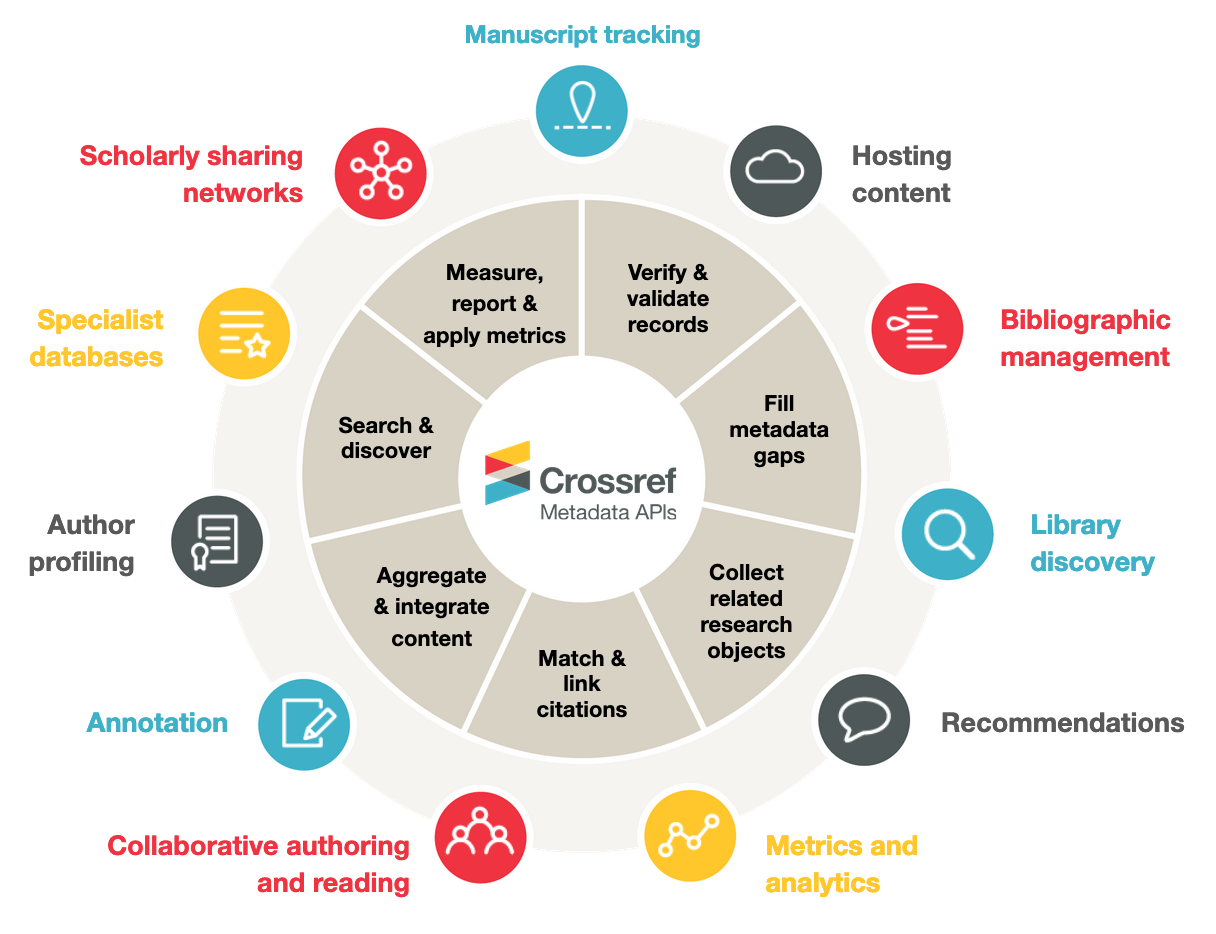Usefulness of prothrombin and activated partial thromboplastin time in the preoperative assessment of hemostasis in pediatrics
Usefulness of PT and APTT in the preoperative assessment of hemostasis in pediatrics.
Keywords:
screening, hemostasia, pediatric surgery, preoperative assesmentAbstract
To evaluate hemostasis preoperatively, a directed clinical history and physical examination are indicated, and the use of routine coagulation being recommended when there is some indication, and not routine;
Objective: the present study aims to know the usefulness of PT and APTT in the preoperative assessment of coagulopathies in scheduled minor and outpatient surgeries.
Methods: A prospective, observational study was conducted in a tertiary surgical hospital; We select patients undergoing minor and outpatient procedures, excluding those with comorbidities, surgical risk of high bleeding, or with medication that interferes with coagulation.
Results: 69 patients were recruited, the clinical history and the directed physical examination were applied, identifying 1 patient suspected of coagulation disorder (later discarded); 218 complementary tests were performed: 69 routine (PT, APTT, blood count) and 149 non-routine (arbitrarily indicated), obtaining mean values in normal ranges and not being able to identify or rule out coagulation disorders with them, but observing 21% ( 15 cases) abnormal results (false positives), which additionally led to behaviors to confirm or correct these values, ranging from repeating the test to transfusing blood products; generating a global average cost of 102 Bs. per patient, without a benefit or change in clinical or surgical behavior.
Conclusion: the study established that routine preoperative screening tests have little utility and are little cost-beneficial in the assessment of the hemostasis for minor or outpatient procedures, compared to a history and directed physical examination; its indication being appropriate when there are abnormal findings in the physical examination and clinical history or based on concomitant diseases.
Metrics
References
Rapaport SI. Preoperative hemostatic evaluation: which tests, if any? Blood 1983.https://doi.org/10.1182/blood.V61.2.229.bloodjournal612229
Chee YL, Crawford JC, Watson HG, Greaves M. Guidelines on the assessment of bleeding risk prior to surgery or invasive procedures. British Committee for Standards in Haematology. Br J Haematol 2008. https://doi.org/10.1111/j.1365-2141.2007.06968.x
Cosmi B, Alatri A, Cattaneo M, et al. Assessment of the risk of bleeding in patients undergoing surgery or invasive procedures: Guidelines of the Italian Society for Haemostasis and Thrombosis (SISET). Thromb Res 2009. https://doi.org/10.1016/j.thromres.2009.08.005
De Paepe A, Malfait F. Bleeding and bruising in patients with Ehlers-Danlos syndrome and other collagen vascular disorders. Br J Haematol 2004. https://doi.org/10.3109/9780203997352.078
Velanovich V. The value of routine preoperative laboratory testing in predicting postoperative complications: a multivariate analysis. Surgery 1991.
Narr BJ, Warner ME, Schroeder DR, Warner MA. Outcomes of patients with no laboratory assessment before anesthesia and a surgical procedure. Mayo Clin Proc 1997. https://doi.org/10.1016/S0002-9394(14)70851-7
Velanovich V. Preoperative laboratory screening based on age, gender, and concomitant medical diseases. Surgery 1994. https://doi.org/10.1097/00132586-199410000-00026
Wattsman TA, Davies RS. The utility of preoperative laboratory testing in general surgery patients for outpatient procedures. Am Surg 1997.
Adams JG Jr, Weigelt JA, Poulos E. Usefulness of preoperative laboratory assessment of patients undergoing elective herniorrhaphy. Arch Surg 1992. https://doi.org/10.1001/archsurg.1992.01420070061012
Silver D. What Routine Preoperative Tests for Bleeding Tendencies? JAMA 1976.
Eisenberg JM, Clarke JR, Sussman SA. Prothrombin and partial thromboplastin times as preoperative screening tests. Arch Surg 1982. https://doi.org/10.1001/archsurg.1982.01380250030007
Kaplan EB, Sheiner LB, Boeckmann AJ, et al. The usefulness of preoperative laboratory screening. JAMA 1985. https://doi.org/10.1001/jama.1985.03350480084025
Segal JB, Dzik WH, Transfusion Medicine/Hemostasis Clinical Trials Network. Paucity of studies to support that abnormal coagulation test results predict bleeding in the setting of invasive procedures: an evidence-based review. Transfusion 2005. https://doi.org/10.1111/j.1537-2995.2005.00546.x
Wahlberg T, Blombäck M, Hall P, Axelsson G. Application of indicators, predictors and diagnostic indices in coagulation disorders. I. Evaluation of a self-administered questionnaire with binary questions. Methods Inf Med 1980. https://doi.org/10.1055/s-0038-1635279.
Laine C, Williams SV, Wilson JF. In the clinic. Preoperative evaluation. Ann Intern Med 2009. https://doi.org/10.7326/0003-4819-151-1-200907070-01006.
Copana R, Melean LG. Hiponatremia en pacientes postoperados en el Hospital del Niño Manuel Ascencio Villarroel, Cochabamba, Bolivia. Gac Med Bol. 2014.
Downloads
Published
How to Cite
Issue
Section
License

This work is licensed under a Creative Commons Attribution-NonCommercial-ShareAlike 4.0 International License.

























